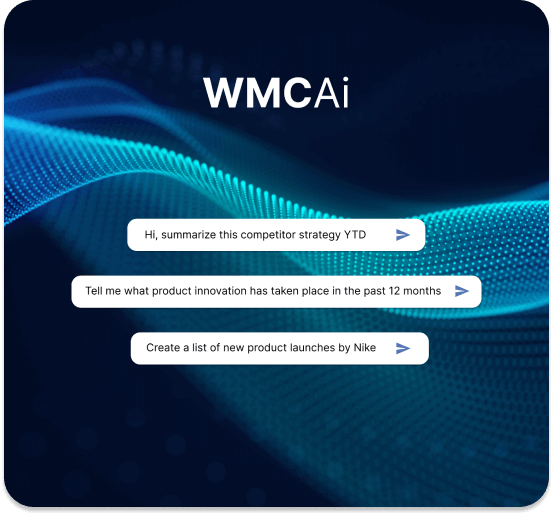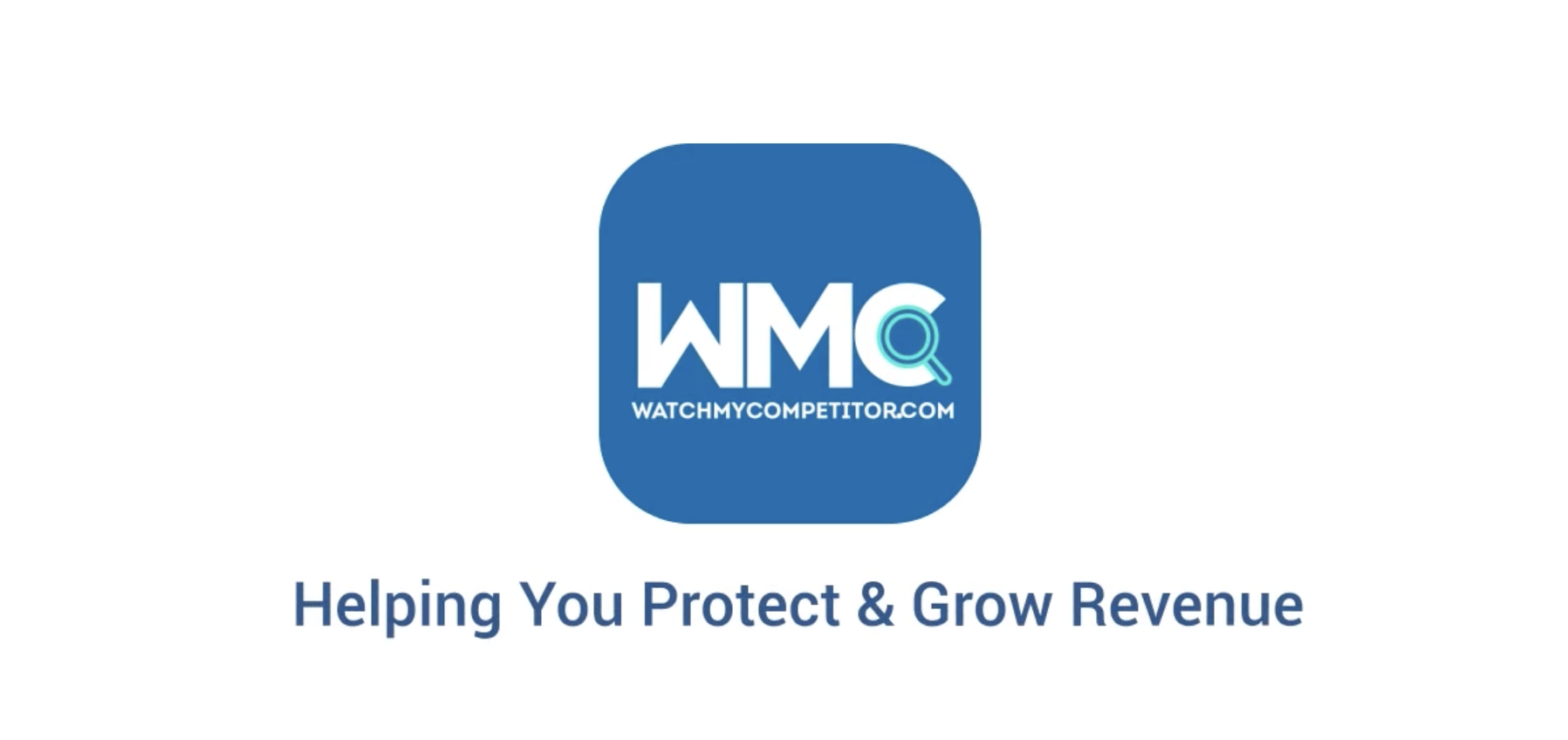The global competitive intelligence market size is expected to reach $9.2 billion by 2028.
This is in part attributable to the adoption of competitive intelligence software by small and medium-sized enterprises (SMEs).
Gathering competitive intelligence is no longer exclusive to large enterprises. Advancements in AI and machine learning have made competitor and market intelligence a feasible investment for any organisation in a competitive sector.
In this article, we explore the importance and approach for building a successful competitive intelligence framework.

What is a Competitive Intelligence Framework?
A competitive intelligence framework is a set of processes and tools used to gather and analyse information about your competitors, their strengths and weaknesses, and the competitive landscape in which they operate.
This information is used to develop a strategic plan that enables you to differentiate your business from your competitors and gain a competitive advantage.
The framework typically involves gathering information from a variety of sources, such as industry reports, news articles, social media, and competitor websites. The information is then analysed to identify trends, opportunities, and threats, and to develop insights that can inform business strategy.
What Challenges Does a Competitive Intelligence Framework Solve?
Building a competitive intelligence framework can help you overcome a range of challenges. Among them are:
1) Lack of information
In today’s digital age, there’s no shortage of information available about your competitors. However, sifting through this information to find the most relevant and actionable insights can be a challenge. Only 16% of organisations have a strong understanding of the digital landscape within their industry. This is in part attributable to the fact only 25% of companies have a formal process for collecting competitive intelligence.
A competitive intelligence framework helps you focus on the most important information and turn it into strategic insights.
2) Competitive blind spots
Organisations often have blind spots when it comes to their competitors. They may be unaware of new products or services, changes in pricing, or shifts in the competitive landscape. 83% of executives believe that their companies are vulnerable to competitive disruption. While organisations that don’t invest in competitive intelligence are at risk of losing market share, losing customers, and falling behind competitors in terms of innovation and growth.
A competitive intelligence framework can help you identify these blind spots and develop strategies to address them.
3) Reactive decision-making
Without a competitive intelligence framework, companies may find themselves making reactive decisions based on incomplete or outdated information. This can lead to missed opportunities or costly mistakes. Reactive decision-making can make a business half as likely to achieve above-average revenue growth compared to its proactive counterparts.
A competitive intelligence framework enables you to make informed, proactive decisions based on the latest market intelligence.
What Are The Biggest Advantages of Building a Competitive Intelligence Framework?
Here are 5 of the biggest advantages of building a competitive intelligence framework:
1) Gain a strategic advantage
74% of companies that use competitive intelligence achieve a competitive edge in their market. By having a deeper understanding of the competitive landscape, businesses can develop strategies that differentiate them and help them seize opportunities. As an example, companies that use competitive intelligence are twice as likely to enter new markets successfully.
2) Mitigate risk
A competitive intelligence framework can help organisations identify potential risks and threats to their business. Companies that use competitive intelligence are 2.6 times more likely to proactively manage risk. By identifying potential risks and taking proactive steps to mitigate them, organisations can avoid major issues and protect their business. Companies that use competitive intelligence are better equipped to respond to market disruptions and achieve long-term success.
3) Make decisions faster
A competitive intelligence framework can help organisations make faster, more informed decisions. Organisations that use competitive intelligence are 1.4 times more likely to make decisions within their target timeframe. By having access to up-to-date information about the market and competitors, organisations can act quickly and decisively. This can be particularly important in fast-moving industries where decisions need to be made quickly.
4) Innovate faster and better
By understanding their competitors’ strengths and weaknesses, organisations can identify opportunities for innovation and differentiation. 57% of companies that use competitive intelligence are able to identify new market opportunities.
By developing new products or services that meet the needs of customers, organisations can gain a competitive edge. Organisations that use competitive intelligence are 1.5 times more likely to innovate successfully compared to companies that don’t.
5) Better resource allocation
65% of companies that use competitive intelligence are able to allocate resources more effectively. By identifying the areas where they can gain the most strategic advantage, organisations can prioritise investments and make better use of their resources. Organisations that use competitive intelligence are 1.5 times more likely to have effective resource allocation.
The 5 Steps To Building Your Competitive Intelligence Framework
1. Define your objectives
The first step in building a competitive intelligence framework is to define your objectives. What do you want to achieve by gathering competitive intelligence? What questions do you want to answer? In most cases, an investment in competitive intelligence is created by a commercial need. Maybe you’re losing out to competitors on sale
2. Gather information
Once you have a clear sense of what you want to achieve, you can begin gathering your intelligence. In recent years, manual approaches have given way to sophisticated AI-powered competitive intelligence platforms that offer automated tracking, human analysis and reporting. The software can monitor a range of sources, including industry reports, news articles, social media, and competitor websites.
3. Analyse the Data
Once you have gathered the data, the next step is to analyse it to identify trends, opportunities, and threats. This may involve using tools like SWOT analysis, Porter’s Five Forces, or PESTEL analysis to develop insights and inform business strategy.
While a lot of organisations have dedicated insights teams, it may be worth looking for a competitive intelligence platform that offers analyst insights and curation. This will save you a lot of time by providing you with only the most relevant insights based on your objectives.
4. Share your intelligence
Once you’ve started gathering intelligence, the next step is to get it into the hands of the people who will be using it to make smarter strategic decisions. Again, most intelligence tools will offer features that enable this to be done. This can include daily alerts, periodic and on-demand reports and third-party integrations. Identify the one that works best for your organisation and existing methods of communication to overcome barriers for its adoption.
5. Implement and monitor
Finally, the next step is to start using your competitive intelligence to make smarter, faster decisions. A big part of that is sharing the intelligence with relevant stakeholders within the organisation. Those that do so effectively see a 21% increase in revenue on average. It’s important to track and monitor how data is being used and attribute outcomes to those decisions. This will enable you to optimise your competitive intelligence framework and, crucially, make a business case for expanding its use.
Concluding Thoughts
In conclusion, building a competitive intelligence framework is an essential component of modern business strategy. It enables companies to stay ahead of the competition, mitigate risks, make faster decisions, and allocate resources more effectively. By following the five steps outlined in this article, companies can develop a comprehensive and effective competitive intelligence framework that helps them succeed in today’s highly competitive environment.








